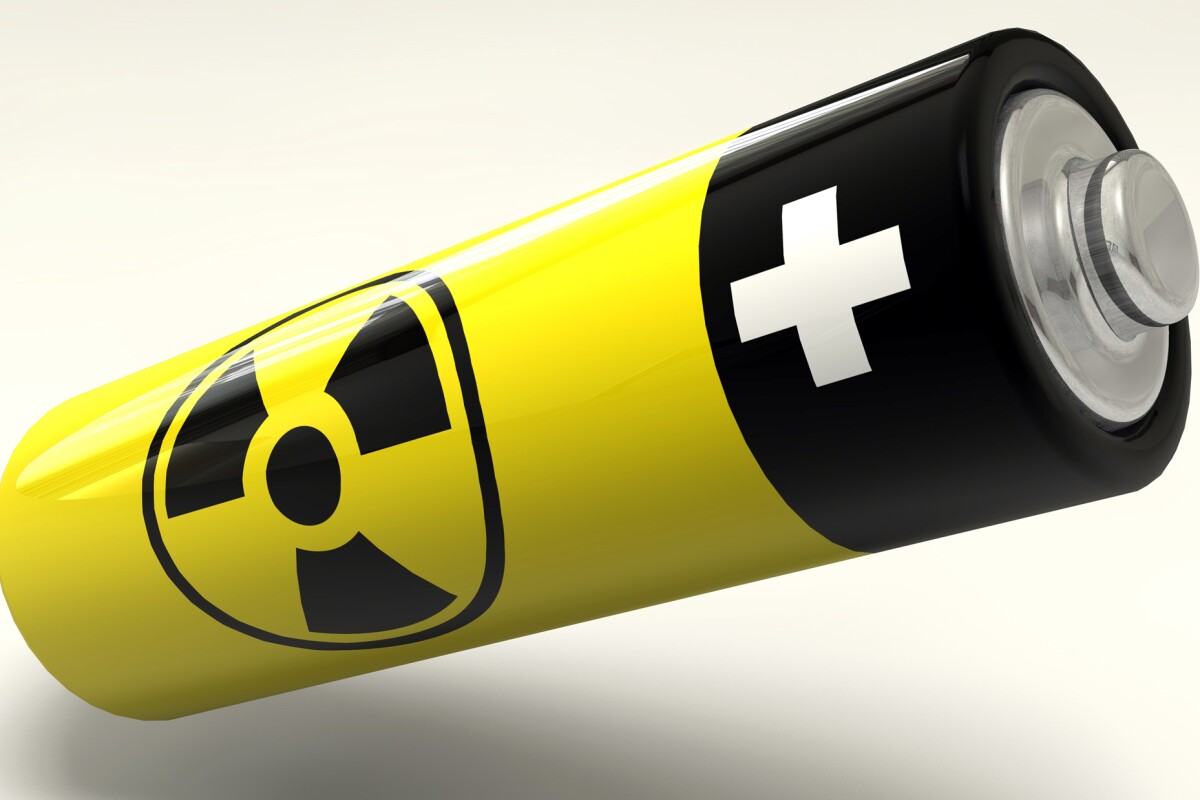Researchers working at the University of Missouri (MU) claim to have produced a prototype of a nuclear-powered, water-based battery that is said to be both longer-lasting and more efficient than current battery technologies and may eventually be used as a dependable power supply in vehicles, spacecraft, and other applications where longevity, reliability, and efficiency are paramount.
"Betavoltaics, a battery technology that generates power from radiation, has been studied as an energy source since the 1950s," said associate professor Jae W. Kwon, of the College of Engineering at MU. "Controlled nuclear technologies are not inherently dangerous. We already have many commercial uses of nuclear technologies in our lives including fire detectors in bedrooms and emergency exit signs in buildings."
Utilizing the radioactive isotope strontium-90 to enhance the electrochemical energy produced in a water-based solution, the researchers have incorporated a nanostructured titanium dioxide electrode acting as a catalyst for water decomposition. That is, the catalyst assists the breakdown of water in conjunction with the applied radiation into assorted oxygen compounds.
As a result, when high-energy beta radiation passes through the platinum and the nanoporous titanium dioxide, electron-hole pairs are produced within the titanium dioxide, creating an electron flow and a resultant electric current.
"Water acts as a buffer and surface plasmons created in the device turned out to be very useful in increasing its efficiency," Kwon said. "The ionic solution is not easily frozen at very low temperatures and could work in a wide variety of applications including car batteries and, if packaged properly, perhaps spacecraft."
By no means the first-ever nuclear battery – the NanoTritium device from City Labs being one recent notable example – this is the first nuclear battery that has been produced to exploit the inherent advantages of radiolysis (water-splitting with radiation) to produce an electric current, at higher energy levels and lower temperatures than previously possible. And at much greater claimed efficiencies than other water-splitting energy production techniques.
This is because, unlike other forms of photocatalytic methods of water-splitting to produce energy, the high-energy beta radiation in the MU device produces free radicals in water such that the kinetic energy is recombined or trapped in water molecules so that the radiation can be converted into electricity – using the platinum/titanium dioxide electrode previously described – to achieve water splitting efficiently and at room temperature.
As a result, whilst solar cells use a similar mechanism for the transference of energy via hole-electron pairs, very few free radicals are produced because the photon energies are principally in the visible spectrum and subsequently at lower levels of energy.
Beta radiation produced by the strontium source, on the other hand, with its ability to enhance the chemical reactions involving free radicals at greater electron energy levels, is a much more efficient way to produce extremely long-lasting and reliable energy. So much so, that the water-based nuclear battery may well offer a viable alternative to the solar cell as a sustainable, low-pollution energy source.
The MU team’s research was published in the journal Nature.
Source: University of Missouri




